JavaScript is disabled. For a better experience, please enable JavaScript in your browser before proceeding.
1 - 17 of 17 Posts
2014 Yamaha Grizzly 700 EPS
2014 Yamaha Grizzly 700 EPS
2014 Yamaha Grizzly 700 EPS
1 - 17 of 17 Posts
Join now to ask and comment!
Continue with Facebook
Continue with Google
or sign up with email
Top
Using spray paint to refinish an old chair or cover-up paint chips is an excellent quick-fix solution. Sometimes, as you use spray paint, it gets on unwanted plastic surfaces. Learning how to remove spray paint from plastic is easy with the proper tools.
Fortunately, you can repurpose several everyday household cleaning products in your home into a paint remover. That’s right, items like nail polish remover, dish soap, and even vegetable oil serve as an effective paint thinner.
If you want to get spray paint off plastic, consider this article your complete guide for doing so the right way.
It is crucial to understand what removes spray paint from plastic, as many paint removal products at the store work great on wood and metal surfaces but cause damage to a plastic surface.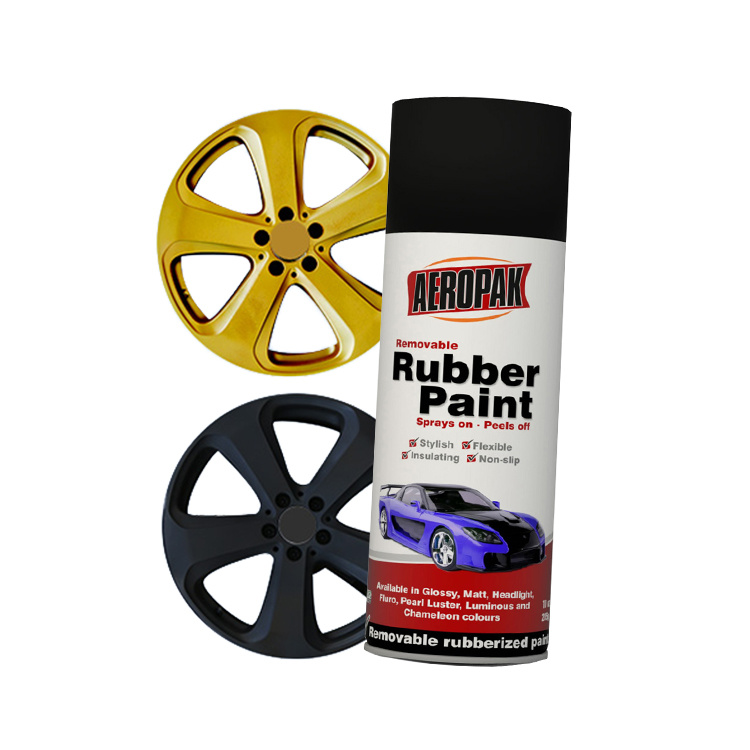
To maintain the state of your plastic products, you must utilize the proper tools to clean paint stains. Additionally, make sure to stay away from products that damage plastic surfaces.
(maurus/123rf.com)tb1234
tb1234
Table Of Contents
There are two main paint varieties that spray paint is available in, including acrylic and latex paint. Acrylic paints have chemical-based ingredients, while latex paints have water-based ingredients.
Typically, latex paint is quicker to remove.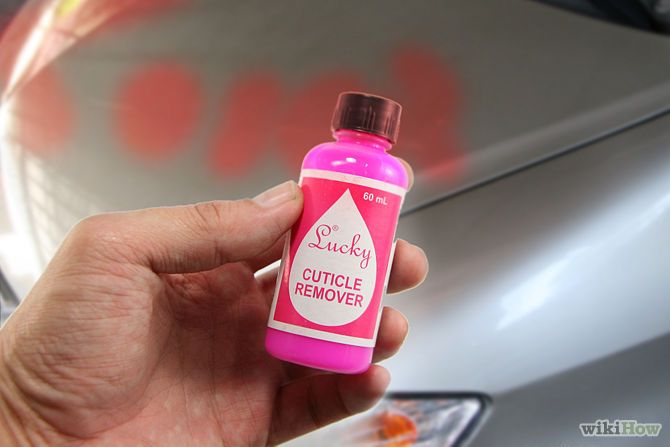 No matter what kind of paint your spray paint is, the DIY paint stripper methods we offer work efficiently.
No matter what kind of paint your spray paint is, the DIY paint stripper methods we offer work efficiently.
Household products like rubbing alcohol are better on plastic surfaces than store-bought products because of the lack of chemicals.
Excess chemicals cause damage and alterations to plastic surfaces. With the straightforward tips we show you, removing spray paint on plastic is a breeze.
Compared to metal and wood surfaces, plastic is more sensitive and demands certain tools to protect the surface. Instead of using a paint scraper, use a plastic putty knife or a razor blade to scrape excess paint off the affected area.
Before learning what removes spray paint from plastic, chip away at as much of the dried paint with the scraper of choice. Scrapers are fantastic to clean up a spray paint stain.
After using a paint remover, sometimes paint marks remain on the area. A razor blade or a plastic putty knife is the perfect tool to get the area completely clean. They also work quite well to remove spray paint from windows.
They also work quite well to remove spray paint from windows.
By utilizing a scraper, you do not have to repeat spray paint removal methods a second time. Instead, take a razor blade and get rid of the paint chips.
One of the best ways to clean up a spray painting mishap is with nail polish remover. This cleaning method is inexpensive, easy to find, and does not take very long to implement.
Ensure the nail polish remover you use contains acetone, as it is the main ingredient that thins paint. Acetone liquifies dry paint and makes removal virtually effortless.
Soak a cotton ball, cotton swab, or a piece of paper towel in nail polish remover and rub it on the affected area. As you use nail polish remover, do not be afraid to use a little elbow grease to work the solvent onto the plastic.
When you rub the cotton ball on the stain, the paint begins to loosen. Clean the loosened paint with warm water and a clean rag.
Try this method to get Gorilla Glue off plastic, too. It usually offers excellent results.
If you find yourself short on cleaning supplies, consider using a type of oil to loosen up a spray paint stain or to get sticker off plastic. Oils are incredibly effective at loosening up dried paint and sticker adhesive.
Combining oil with a razor blade or plastic putty knife is a quick and easy way to get spray paint off plastic without causing any damage to the surface. There are a few different kinds of oils that remove a spray paint stain on plastic.
tb1234
To avoid getting any oil on your hands, wear a pair of rubber gloves to protect your skin. On a small rag, pour a little vegetable or olive oil and rub it on the affected area.
After the area is completely covered with oil, let it sit for five minutes so the paint loosens. To help lift the paint, take an old toothbrush and work the bristles onto the paint stain to break up the paint’s bonds.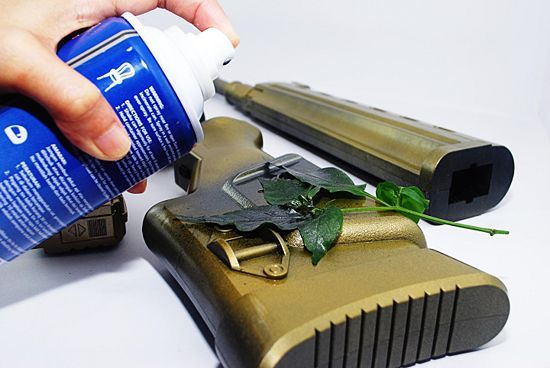
To finish, wash the area with warm water. With adequate tools, understanding what removes spray paint from plastic is simple.
For large spray paint stains on plastic surfaces, the best way to clean them is with dish soap and warm water.
Dish soap is designed to cut through dirt, grease, and adhesive bonds like paint. Creating a dish soap mixture is also a perfect way to clean off dried paint on a paintbrush.
tb1234
tb1234
Pour your dish soap in the bucket first, then add the hot water and essential oils. Essential oils are not necessary for this recipe, although they do add a disinfecting agent and a pleasant scent to the solvent.
Using a sponge, spread the mixture heavily on the affected area. To rinse large spray paint stains, use a pressure washer or a hose to clean up the loosened paint.
To rinse large spray paint stains, use a pressure washer or a hose to clean up the loosened paint.
Rubbing alcohol is another popular household product that will clean dried spray paint stains, as well as clean a bowling ball. Rubbing alcohol liquefies even the most aged paint stains when used correctly.
For the best results, purchase 91 percent or 99 percent rubbing alcohol. What removes spray paint from plastic quickly? Rubbing alcohol is a terrific solution.
Either dab a cloth with rubbing alcohol, or pour the solvent directly on the area and use an old toothbrush to ensure every part of the paint stain is covered. Then, place a piece of plastic wrap over the area to avoid evaporation.
Let the rubbing alcohol sit on the paint for five minutes before rinsing with warm water. If small pieces of paint remain on the plastic, use a razor blade to scrape them off.
The cleaning agents in denatured alcohol and rubbing alcohol are very similar. The main difference between the two paint removers is that rubbing alcohol contains all-natural ingredients and usually does not affect the skin.
The main difference between the two paint removers is that rubbing alcohol contains all-natural ingredients and usually does not affect the skin.
Denatured alcohol, on the other hand, may irritate your skin, so wear rubber gloves when using the product. Learning how to remove spray paint from plastic with denatured alcohol is straightforward.
Dab the denatured alcohol onto a clean rag and rub it into the paint. To ensure denatured alcohol does not damage your plastic, test it on a small area first. After the denatured alcohol loosens the paint, wipe it away with a damp paper towel.
Spray paint is the most popular type of paint used for graffiti. Many people believe that once graffiti is on a surface, there is no way to get rid of the markings.
However, products like WD-40 and acetone work efficiently at thinning the paint and making it simple to wipe away. Before using WD-40 as a graffiti remover, wear a respirator so you do not unintentionally inhale the chemicals in WD-40.
WD-40 can damage some types of plastic. To make sure your home improvement project goes well, test a small area with WD-40 to check. If WD-40 harms your plastic surfaces, use acetone instead.
A vital part of knowing what removes spray paint from plastic is also understanding which products will damage the area. Paint thinners warp, deform, and weaken the plastic when used to remove spray paint.
One common paint thinner to avoid on plastic is turpentine. The chemicals in turpentine negatively affect most kinds of plastic.
Other familiar paint thinners to stay away from when you need to get spray paint off plastic include linseed oil, ethyl alcohol, and lacquer thinner.
These products often cause plastic surfaces to melt because of how flammable they are. To remove spray paint from plastic, you must make sure you have tools that thin the paint while also preserving the material.
During any home improvement project, accidents happen.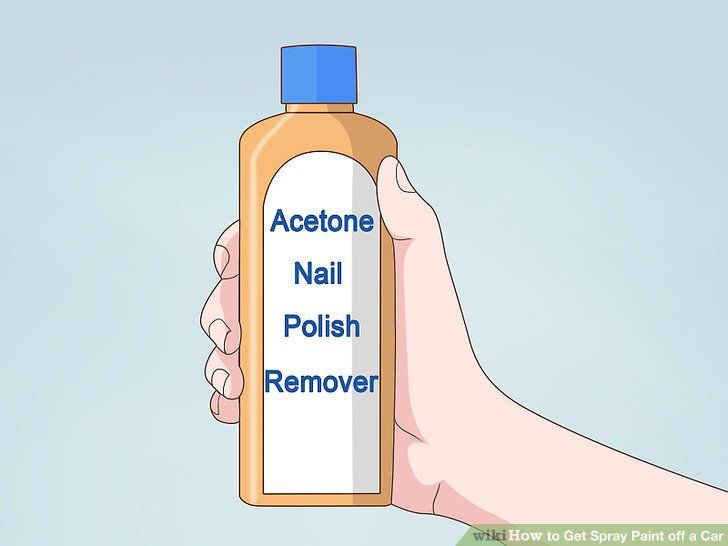 When spray painting, you may experience an accidental paint stain on a plastic surface. When this happens, it is not impossible to restore the area to its original condition.
When spray painting, you may experience an accidental paint stain on a plastic surface. When this happens, it is not impossible to restore the area to its original condition.
Many household cleaning agents like rubbing alcohol, liquid dish soap, and even nail polish remover are terrific tools to loosen paint that is later scraped off with a plastic putty knife or a razor blade.
(maurus/hulapova/123rf.com)If you learned how to remove spray paint from plastic, share these tips for cleaning spray paint with your friends and roommates on Facebook or Pinterest.
JavaScript must be enabled for the site to work correctly
Loading
...
Home » Useful articles " How to remove paint from plastic
Share:
05 November 2019
A popular finishing material - paint, reliably protects the surface of plastic, wood for a long time. But over time, the appearance is lost and a rhetorical question arises: how to remove the old paint from the walls. Moreover, those who have tried to do it mechanically know that the bathtub coating can be ruined. Also, during the construction or repair of a dwelling, window sills, sockets, walls, switches, etc. can suffer from paintwork materials. The “colorful” problem can be solved if you know the surface features and the composition of the substance. The common thermal method is also not an option for plastic, since the product can “lead”. It remains to turn to the chemical method.
But over time, the appearance is lost and a rhetorical question arises: how to remove the old paint from the walls. Moreover, those who have tried to do it mechanically know that the bathtub coating can be ruined. Also, during the construction or repair of a dwelling, window sills, sockets, walls, switches, etc. can suffer from paintwork materials. The “colorful” problem can be solved if you know the surface features and the composition of the substance. The common thermal method is also not an option for plastic, since the product can “lead”. It remains to turn to the chemical method.
Available plastic identification methods include:

| Advice! First of all, study the marking - so the removal will be faster and easier. Indeed, after determining the substance, it remains only to determine the type of paint - water-based paint is easier to remove from plastic. |
Product labeling is carried out according to international standards. It is easy to determine it by the number inside the triangle and the combination of letters under the triangle, and then look for information: how to wash the paint from a particular type of plastic. If inside the number 1 is polyethylene terephthalate (PETE), the numbers 2 and 4 indicate low and high density polyethylene (HDPE, LDPE), the number 3 indicates products made of polyvinyl chloride (V), the number is a plastic material made of polypropylene (PP), the number 6 identifies resource - polystyrene (PS). The number 7 denotes the remaining substances (OTHER) - then it is useless to apply the method, because for sure it will not be possible to find out: which resource the manufacturer used.
|
All plastic substances burn differently, therefore, having learned from the description and signs of combustion what the surface is made of, you can understand: how to wipe off the paint.
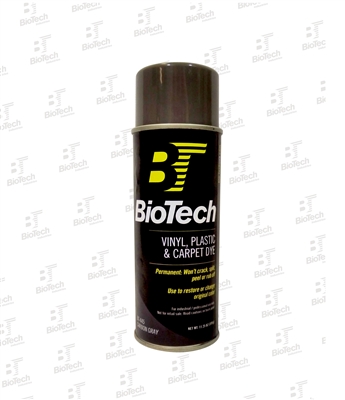
If you cannot determine the type of material using the first two methods, and you still do not know: how to remove old paint from plastic, the third method remains. It is necessary to collect a basin of water and immerse the sample in the liquid. Only polypropylene and polyethylene (absolutely any) will not sink and remain afloat. Fluoroplastic will sink very quickly, a little later PVC and PET / PET plastic will go to the bottom. Polystyrene and polyamide will float the longest.
Only polypropylene and polyethylene (absolutely any) will not sink and remain afloat. Fluoroplastic will sink very quickly, a little later PVC and PET / PET plastic will go to the bottom. Polystyrene and polyamide will float the longest.
| Advice! To understand for sure: what kind of material is in front of you and how to erase paint from plastic, use several methods at once. |
Before removing paint from plastic, study the nuances or even before you start the dyeing process.
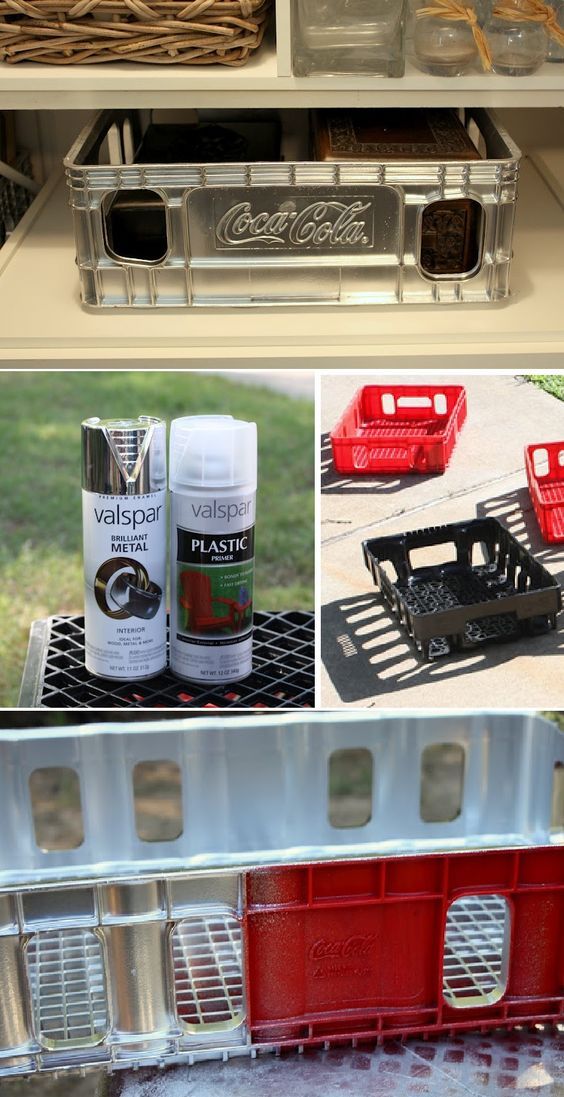
Important! Choose paint removal methods according to its type. It is better to protect the plastic from staining unnecessary parts by sealing it with construction tape.
Once you have determined the type of coating, you can choose the method of removing contaminants - after all, each substance has its own characteristics. There are several options: how to remove old paint from the surface of plastic products.
Fresh stains are easily removed with soapy water, but there is no guarantee that there will be no traces (stains may appear). You can use vegetable oil: moisten a rag or cotton pad and gently rub the problem area. It is better to change the rubbing several times so that the removed paint is not rubbed into the plastic again.
You can use vegetable oil: moisten a rag or cotton pad and gently rub the problem area. It is better to change the rubbing several times so that the removed paint is not rubbed into the plastic again.
If the pigment has already been absorbed, any cleanser in the consistency of a gel will do. It is necessary to apply on the stain for 15 minutes, and then rinse with clean water, after removing the residue with a rag. Window cleaner removes stains well from plastic: apply it for 10 minutes, then wipe it with a rag.
How to wipe paint off plastic if a lot of time has passed - this question is asked much more often than others. After all, you don’t always immediately notice the problem, but after a while it’s no longer possible to cope with simple means. For this, products of the chemical industry come to the rescue. You can use refined gasoline, kerosene, white spirit, brake fluid, alcohol or ammonia. Contamination from paint is a reparable thing, but it is better to clean the concrete solution immediately.
Solvents are excellent for latex coatings. But the room during work should be ventilated, and hands should be protected with gloves. You can protect yourself by wearing protective goggles.
| Advice! Test the solution on a small area of the plastic first to make sure the surface is not damaged. |
It will also do a great job with a stain from white spirit latex paint: just 10-15 minutes and the solution can be washed off. Methanol will perfectly clean the surface, but it must be removed immediately, otherwise yellowness will remain on plastic products.
By the way, an alkyd-based paintwork also effectively removes white spirit, in addition to this substance, ammonia or a solvent is used. The main thing is that after application, after 15-20 minutes, completely clean the product from the applied product.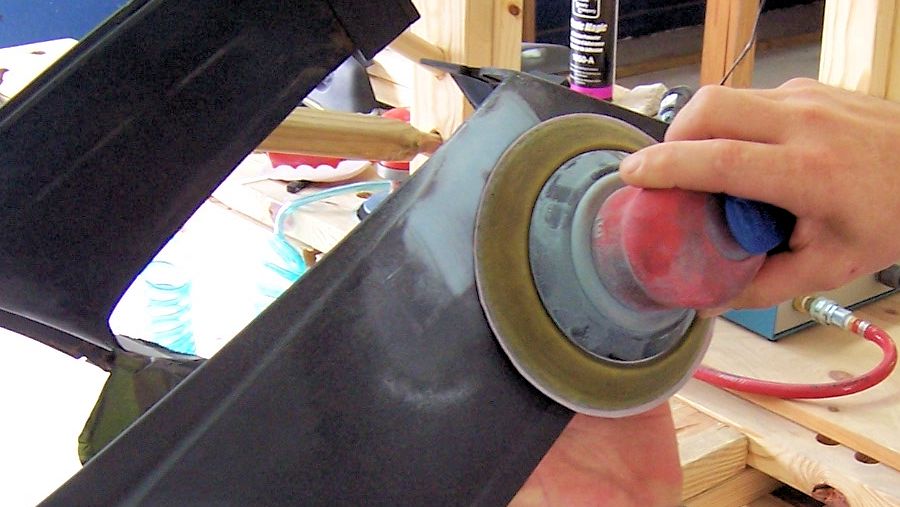
Water-based paints are relatively safe for others, and besides, they are easy to remove even after some time. They are easily applied to the surface and are quite easy to clean.
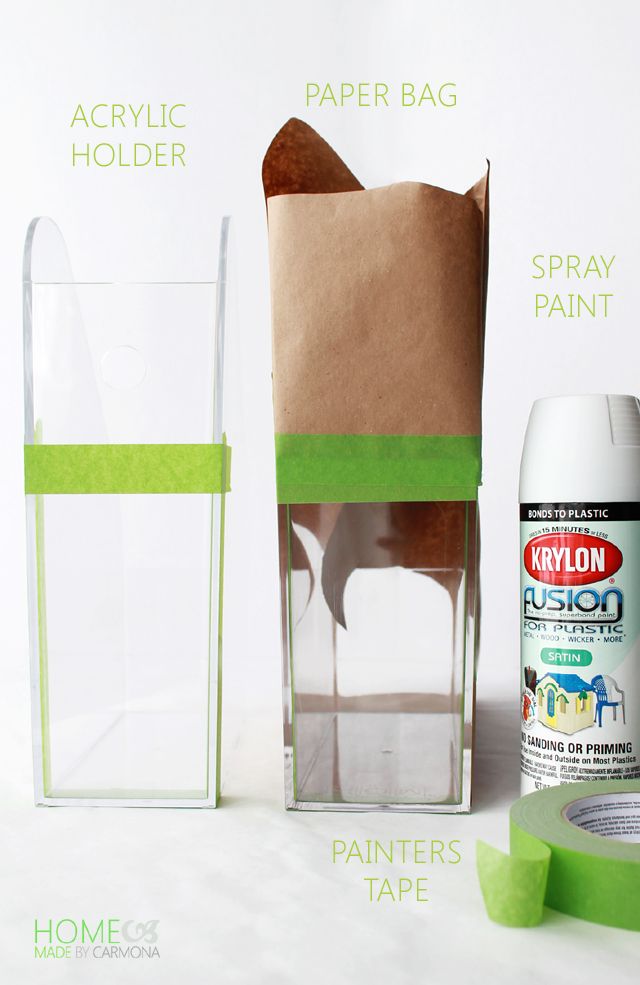 There are special washes for plastic structures in hardware stores. Consult with a consultant or manager, he probably knows how to erase the paint if ordinary solvents can not cope.
There are special washes for plastic structures in hardware stores. Consult with a consultant or manager, he probably knows how to erase the paint if ordinary solvents can not cope. Important! Do not pick the stain from the edges, start from the middle. To do this, make an incision with the sharp tip of a knife. Then carefully remove the hardened sealant along with the stain.
Share:
See also
Plastic is a common material used in cars, furniture and household appliances, window openings and more. In the house of almost everyone there is a product from it. During the repair, paint can get on the plastic elements and leave a mark. Sometimes you need to get rid of the old coating. Therefore, many people think about how to wash off paint from plastic and what is important to consider.
Sometimes you need to get rid of the old coating. Therefore, many people think about how to wash off paint from plastic and what is important to consider.
Content
Plastic is a lightweight material, quite strong and durable.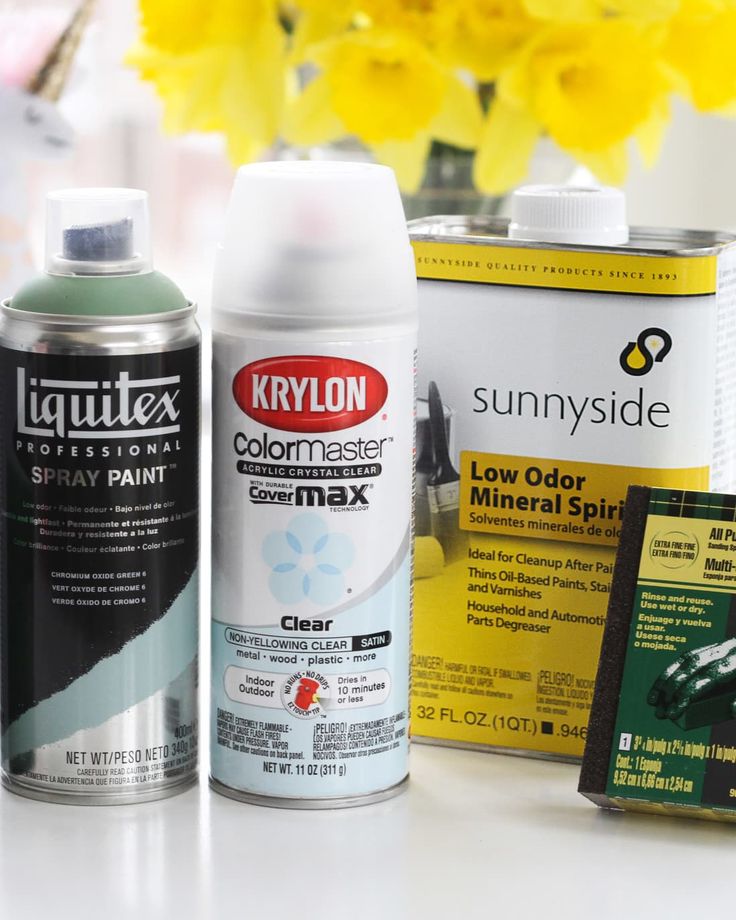 But if you choose the wrong way to remove the paint, you can damage the product. Therefore, it is important to consider some important points related to getting rid of coloring pigments.
But if you choose the wrong way to remove the paint, you can damage the product. Therefore, it is important to consider some important points related to getting rid of coloring pigments.
Understanding how to remove old paint from plastic, you need to consider the following features:
Some aggressive formulations cause the plastic to melt.
To choose the right method for getting rid of paint, you need to know what type of plastic it is. Some of them do not tolerate solvent exposure, others can only be cleaned with ethyl alcohol. There are several methods for determining the type of plastic.
Some of them do not tolerate solvent exposure, others can only be cleaned with ethyl alcohol. There are several methods for determining the type of plastic.
If you plan to remove the paint with a special remover, you need to clarify what type of plastic it is suitable for. The information is on the product label.
In order to choose the right paint disposal method, you need to know what type of plastic it is.
Numbers can be found on the bottom of the product. They indicate the classification of the material. Number 1 means PET, if number 2 is indicated, then this is a high density product. To indicate low density, the designation is 4. For PVC, 3 is used, polypropylene has 5, and polystyrene has 6.
Numbers can be found on the bottom of the product.
Depending on the type of material and its combustion will be different. For example, when PET is burned, acrid black smoke is produced.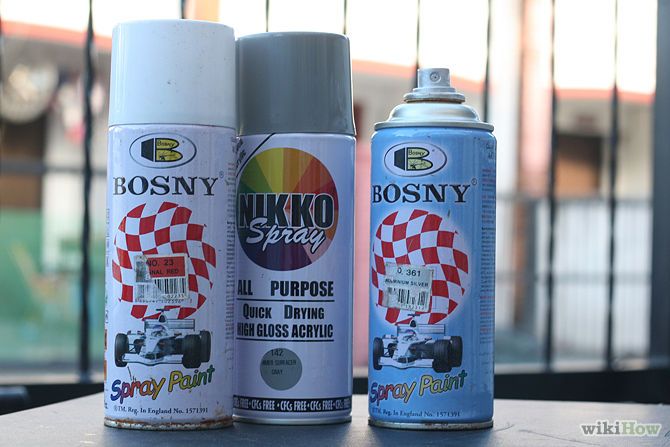 When burning polyethylene, a blue-colored flame can be observed, soot is not formed. You can smell the paraffin. The burning of polypropylene is accompanied by a blue flame, no haze is formed. After melting, the mass has the form of long filaments. Polystyrene, when burned, forms a bright flame with soot, soot particles can be seen in the air. PVC dies quickly when burned, and a sweet smell comes from polycarbonate.
When burning polyethylene, a blue-colored flame can be observed, soot is not formed. You can smell the paraffin. The burning of polypropylene is accompanied by a blue flame, no haze is formed. After melting, the mass has the form of long filaments. Polystyrene, when burned, forms a bright flame with soot, soot particles can be seen in the air. PVC dies quickly when burned, and a sweet smell comes from polycarbonate.
Depending on the type of material and its combustion will be different.
Some types of material and the characteristics of their combustion have been described above. But this is not all types of plastic. There are many of them and it is worth dwelling on other types. The nature of combustion makes it possible to understand what kind of material it is. You can set it on fire and see exactly how the process proceeds.
Among other types:
 There is a distinct smell of burnt hair;
There is a distinct smell of burnt hair; Polyamide burns with a blue flame.
A safer way to recognize the type of material. It is enough to immerse it in a container filled with water. If he quickly went to the bottom, it's PTFE. Slow dipping indicates that the material is PET and PVC. Species with low density do not go under water. And polyamide and polystyrene can not sink for a long time.
A safer way to recognize the type of material is by immersion in water.
To choose the right paint remover for plastic, you must consider the type of colorant.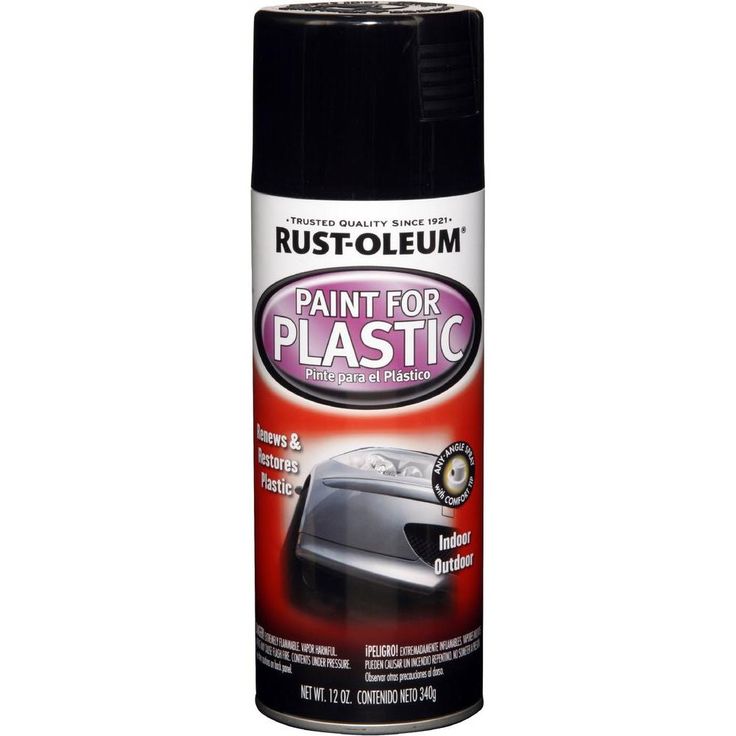 Each of them has certain features. This will affect the choice of a more suitable product that eliminates traces of paint.
Each of them has certain features. This will affect the choice of a more suitable product that eliminates traces of paint.
To choose the right paint remover for plastic, you need to consider the type of colorant.
Fresh traces of oil-based paint can be removed with a solution of soap and water. To avoid the formation of streaks, it is recommended to wipe the desired area with vegetable oil. For old marks, a gel cleaner should be used. Apply to the desired area for 15 minutes, then rinse with water.
Fresh traces of oily coloring matter can be removed with a solution of soap and water.
When figuring out how to clean latex-based paint from plastic, it's worth highlighting thinner and white spirit among the suitable products. Methanol will also work. It is recommended to carefully remove it from the surface to avoid the formation of yellow marks.
Good ventilation must be ensured when using these products.
Be sure to wear protective gear, including gloves and goggles.
Thinner and mineral spirits are among the suitable agents.
Ammonia is recommended. White spirit or thinner is also suitable. It is enough to apply the selected composition to the desired area, leave for a while and rinse.
Ammonia is recommended.
Fresh marks can be removed with soapy water. If you want to remove old paint, then you should first soak the area in water, then in soapy water. Special professional washes are also suitable. It is necessary to choose the composition corresponding to a certain type of paint.
Fresh marks can be removed with soapy water.
These types of paint compositions are easier to remove than the previous ones. It is enough to use laundry soap. A standard detergent will do. If the first time it was not possible to achieve the desired result, it is worth repeating the procedure several times. It is important that the soap composition is suitable for fresh and old traces.
If the first time it was not possible to achieve the desired result, it is worth repeating the procedure several times. It is important that the soap composition is suitable for fresh and old traces.
Just use laundry soap.
Most plastics withstand mineral solvents well. There are several effective compositions that get rid of paint. It is worth understanding each method.
Most plastics withstand mineral solvents well.
The composition is used in combination with ammonia. First, acetone is applied to a napkin and the surface is treated with it. Ammonium chloride is applied to the sponge and covered with plastic on top. Leave for a couple of minutes and wash off.
The composition is used in combination with ammonia.
Always wear a respirator and gloves when handling the cleaner. It is recommended to organize good ventilation in the room in advance. The wash is poured into a suitable container and the plastic is lowered there for several hours. To increase efficiency, the surface is treated with a brush to remove paint residues.
To increase efficiency, the surface is treated with a brush to remove paint residues.
If plastic cannot be immersed in a container, the wash is applied to it with a brush. The main thing is that the liquid does not dry out.
Always wear a respirator and gloves when working with the washer.
The immersion method is used. Brake fluid is poured into a container, plastic is immersed in it for 30 minutes. The remaining paint is removed with a brush. You can also apply brake fluid to the problem area with a rag.
The immersion method is activated.
Not only helps with blockages, but also with paint. It is enough to cover the desired area with it and leave for 30 minutes. The dissolved paint is removed with a brush.
Helps not only to deal with blockages, but also paint coating.
Plastic is either dipped in methanol or coated on the surface. It is recommended to keep the composition for a maximum of 15 minutes.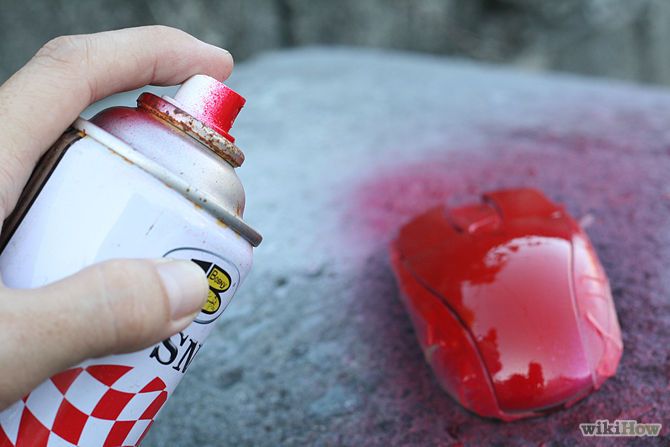 The substance is corrosive. Be sure to use gloves and a respirator. In addition, organize good ventilation in the room.
The substance is corrosive. Be sure to use gloves and a respirator. In addition, organize good ventilation in the room.
It is recommended to keep the composition for a maximum of 15 minutes.
The composition is applied to the surface and left for 15 minutes. Remove with a brush. Finally, the surface is washed with clean water.
The composition is applied to the surface and left for 15 minutes.
In addition to improvised and professional means to remove the painted layer, liquid glass or sealant is used. They cover the required area. The material must dry completely. It will take 12 to 24 hours. Then the agent is carefully removed with a knife.
The product must dry completely.
The ink removal procedure consists of several steps. Start with chemicals. Plastic is treated with the selected composition. You can immerse it in a substance or apply the product with a sponge, rag, rag.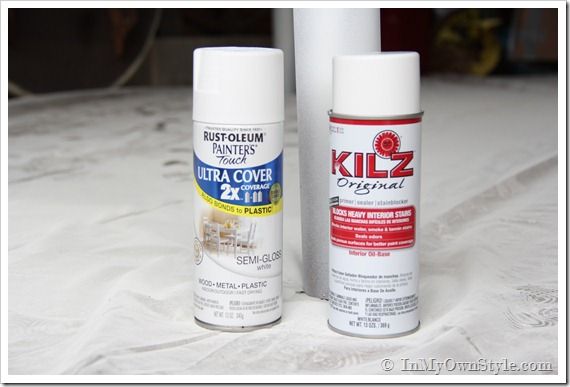
Then the mechanical phase begins. When the paint swells from exposure to a chemical composition, it moves away from the surface of the plastic. Using a brush, traces of the dye are removed. At the end, remove the remnants of the chemical composition with clean water.
The stain removal procedure consists of several steps.
If the chemistries don't work, you should turn to silicone sealant. When it turned out to be useless, only radical methods remain. To do this, use sandpaper, various knives and blades. Mechanical removal of paint can damage the surface.
If chemistries don't work, silicone sealant should be used.
Selecting the right product is necessary, taking into account the type of plastic and the type of paint with which it is coated. Work with chemicals is carried out only with products that protect the skin, respiratory tract and eyes. Do not rub the surface excessively, so as not to damage it.